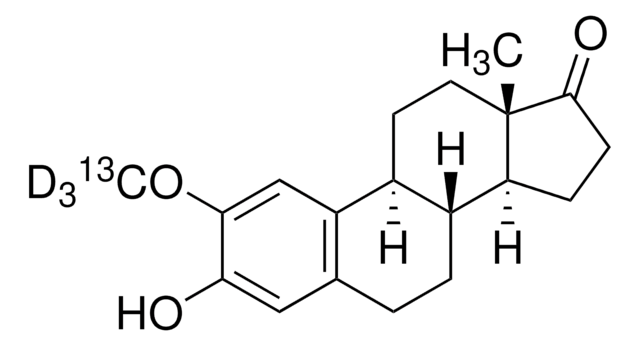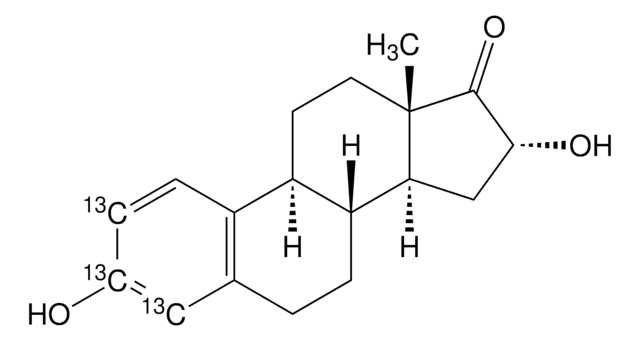719846
Resomer® X 206 S, Poly(dioxanon)
Synonym(e):
RESOMER® X 206 S, PDS
About This Item
Empfohlene Produkte
Form
solid
Qualitätsniveau
Zeitrahmen für den Abbau
<6 months
Inhärente Viskosität
1.5-2.2 dL/g, 0.1 % (w/v) in hexafluoroisopropanol(30 °C, Ubbelohde) (size 0c glass capillary viscometer)
Übergangstemp.
Tg −10-−5 °C
Tm 110-115 °C
Lagertemp.
−20°C
InChI
1S/C4H6O3/c5-4-3-6-1-2-7-4/h1-3H2
InChIKey
VPVXHAANQNHFSF-UHFFFAOYSA-N
Allgemeine Beschreibung
Anwendung
Rechtliche Hinweise
Lagerklassenschlüssel
11 - Combustible Solids
WGK
WGK 3
Flammpunkt (°F)
Not applicable
Flammpunkt (°C)
Not applicable
Hier finden Sie alle aktuellen Versionen:
Besitzen Sie dieses Produkt bereits?
In der Dokumentenbibliothek finden Sie die Dokumentation zu den Produkten, die Sie kürzlich erworben haben.
Artikel
Main features of p-dioxanone, glycolide and lactide based copolymers
Aliphatic polyesters such as polylactide, poly(lactide-co-glycolide) and polycaprolactone, as well as their copolymers, represent a diverse family of synthetic biodegradable polymers that have been widely explored for medical uses and are commercially available.
Aliphatic polyesters such as polylactide, poly(lactide-co-glycolide) and polycaprolactone, as well as their copolymers, represent a diverse family of synthetic biodegradable polymers that have been widely explored for medical uses and are commercially available.
Aliphatic polyesters such as polylactide, poly(lactide-co-glycolide) and polycaprolactone, as well as their copolymers, represent a diverse family of synthetic biodegradable polymers that have been widely explored for medical uses and are commercially available.
Verwandter Inhalt
Interest in utilizing biodegradable polymers for biomedical applications has grown since the 1960s.
Unser Team von Wissenschaftlern verfügt über Erfahrung in allen Forschungsbereichen einschließlich Life Science, Materialwissenschaften, chemischer Synthese, Chromatographie, Analytik und vielen mehr..
Setzen Sie sich mit dem technischen Dienst in Verbindung.








